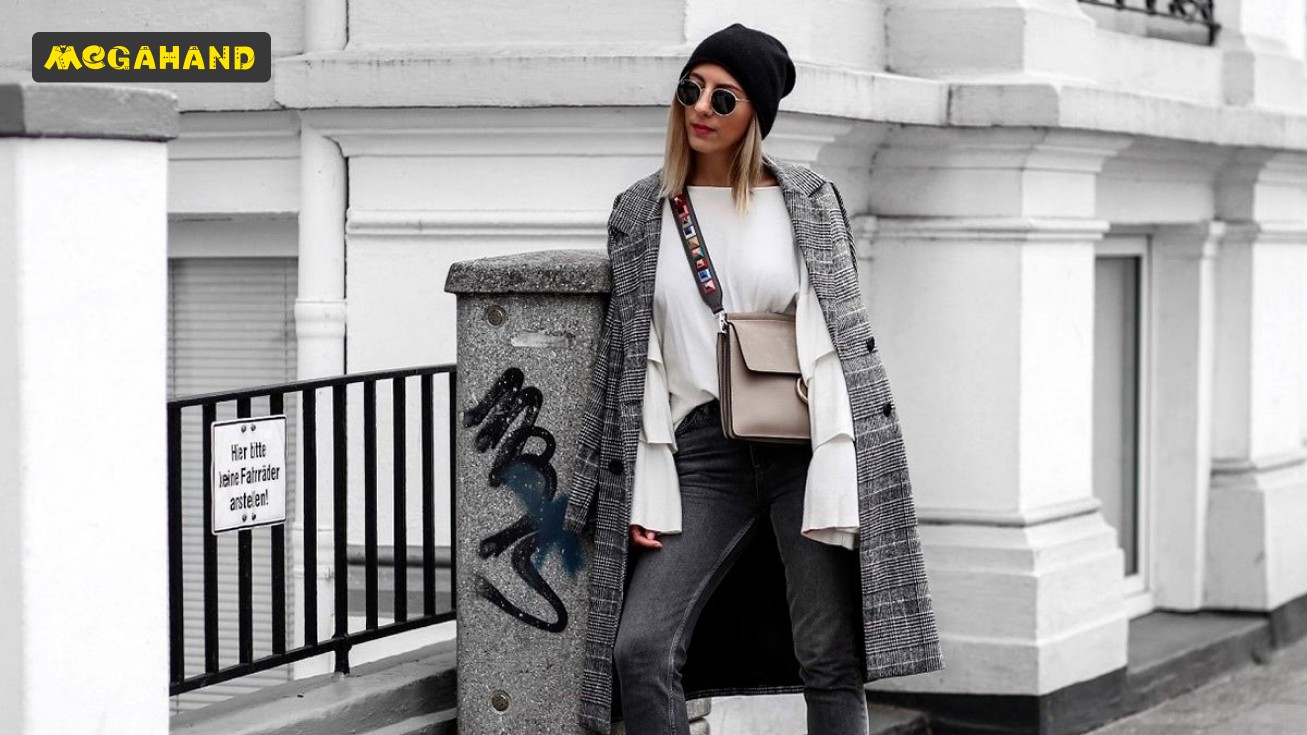Clothing with history: Why second-hand is more than just a way to save money?
Have you ever wondered where your old clothes go? Or how many resources are spent on producing a new one? In a world where fashion changes faster than the seasons, second-hand shopping is becoming more than just an opportunity to find unique items for little money, but also an important element of sustainability. Ignoring this trend leads to increased textile waste, environmental pollution and support for unsustainable production.
But the path to the world of second-hand shopping is not always easy. Not everyone is ready to dig through mountains of clothing to find that very pearl. Questions of hygiene, doubts about quality and fears of encountering a counterfeit arise. This article will help you understand the history of second-hand shopping, its influence on fashion, and provide useful tips for making your second-hand shopping an informed and enjoyable experience.
What is second-hand?
Second-hand, in its simplest definition, is used clothing, shoes and accessories that are resold. This could be clothing collected by charities, clothing purchased from specialty stores, or clothing passed from hand to hand through online platforms. It is important to understand that second-hand clothing does not necessarily mean old and worn-out clothing. Often, these are items in excellent condition that are simply no longer needed by their previous owners.
There are different categories of second-hand goods. "Cream" is the highest quality clothing, often new or almost new, with tags from famous brands. "First grade" - clothing in good condition, without visible defects. “Second grade” – clothing with slight signs of wear. And finally, “Second-hand by weight” – clothes sold by weight, where you can find items of different categories.
History of second-hand clothing: from charity to the fashion industry
The history of second-hand shopping is rooted in charity. In the 19th century, in an era of industrialization and growing inequality, charities in Europe and America began collecting clothing donations to help those in need. These organizations, such as the Salvation Army and the Red Cross, became the first major players in the used clothing market.
In the 20th century, second-hand clothing gradually began to be commercialized. During the Great Depression in the United States, second-hand clothing stores became a popular way to save money. In the post-war years, with the development of fashion and consumption, second-hand shopping became a way to find unique items and express your individuality. In the 1960s and 1970s, with the rise of counterculture, second-hand clothing became a symbol of protest against mass consumption.
In the 21st century, second-hand clothing is experiencing a real renaissance. Growing awareness of environmental issues, the popularity of vintage fashion and the development of online platforms have made second-hand shopping attractive to a wider audience. Today, second-hand shopping is not just a way to save money, but also a conscious choice in favor of sustainable development.
Second-hand and sustainable fashion
Clothing production has a huge negative impact on the environment. It takes about 2,700 liters of water to produce one T-shirt, which is enough for one person to drink for 900 days. The textile industry is one of the largest water polluters, using toxic chemicals to dye and treat fabrics. In addition, textile waste takes up huge areas in landfills and decomposes over decades, releasing harmful gases into the atmosphere.
Shopping for second-hand clothes is a way to reduce your environmental footprint. By extending the life of already produced clothing, we reduce the demand for new ones, reduce water and energy consumption, and reduce textile waste. In addition, second-hand stores often offer items of higher quality and durability than clothing produced for the mass market.
Many brands and designers are already aware of the importance of sustainable fashion and use recycled materials and vintage clothing in their collections. The emergence of initiatives such as textile recycling and old clothing collection programs shows that the fashion industry is moving towards a more sustainable future.
How to choose clothes in a second-hand store: tips and tricks
Second hand shopping can be an exciting and rewarding experience if you know how to choose the right items. Here are some tips:
- Make a shopping list. Before going to a second-hand store, decide what exactly you need. This will help you avoid spontaneous purchases and focus on finding the things you need.
- Inspect the clothing carefully. Check the seams, lining, stains, holes and other defects. Make sure zippers and buttons are working properly.
- Pay attention to the fabric. High-quality fabric is the key to the durability of the item. Give preference to natural materials such as cotton, linen, wool and silk.
- Don't be afraid to try on. Try on clothes before purchasing to make sure they fit you in size and style.
- Wash clothes before wearing them. Even if the clothes look clean, it is recommended to wash them before wearing them.
Don't forget that in a second-hand store you can find not only clothes, but also shoes, bags, accessories and even interior items. Be open to new discoveries and don't be afraid to experiment with style.
Megahand: your guide to the world of second-hand in Batumi
If you are in Batumi and want to discover the world of second-hand shopping, Megahand is a great choice. We offer a wide range of clothing, shoes and accessories for the whole family at affordable prices. Here you will find things of different styles and sizes, from vintage classics to modern trends.
Megahand regularly holds promotions and discounts, which makes shopping even more profitable. Our consultants are always ready to help you with your choice and give useful advice. We care about the quality of our products and carefully select each item.
We invite you to visit Megahand in Batumi and see for yourself! Update your wardrobe with stylish and high-quality clothing at affordable prices. Check with our representative for details about the location and current promotions.


